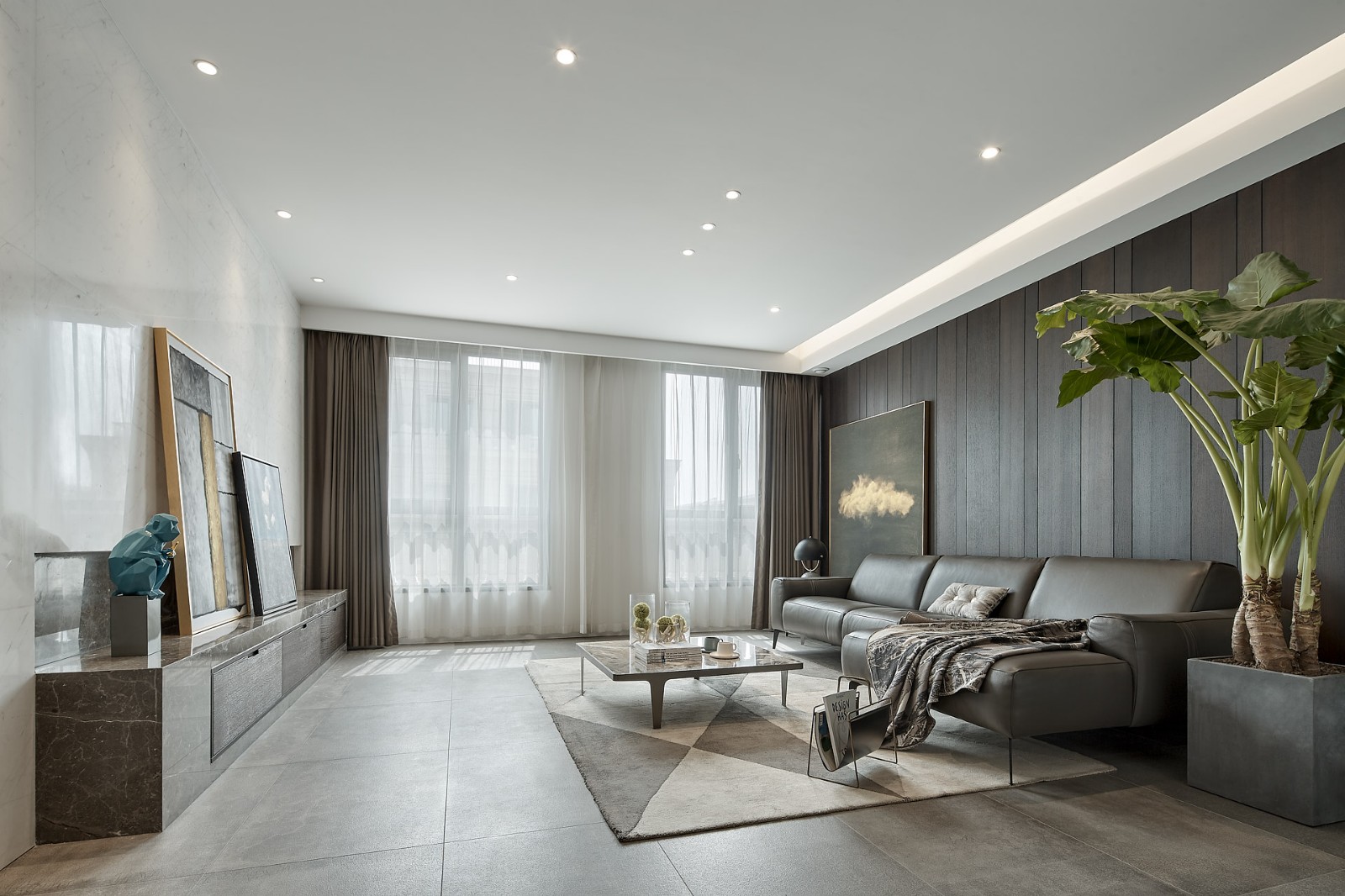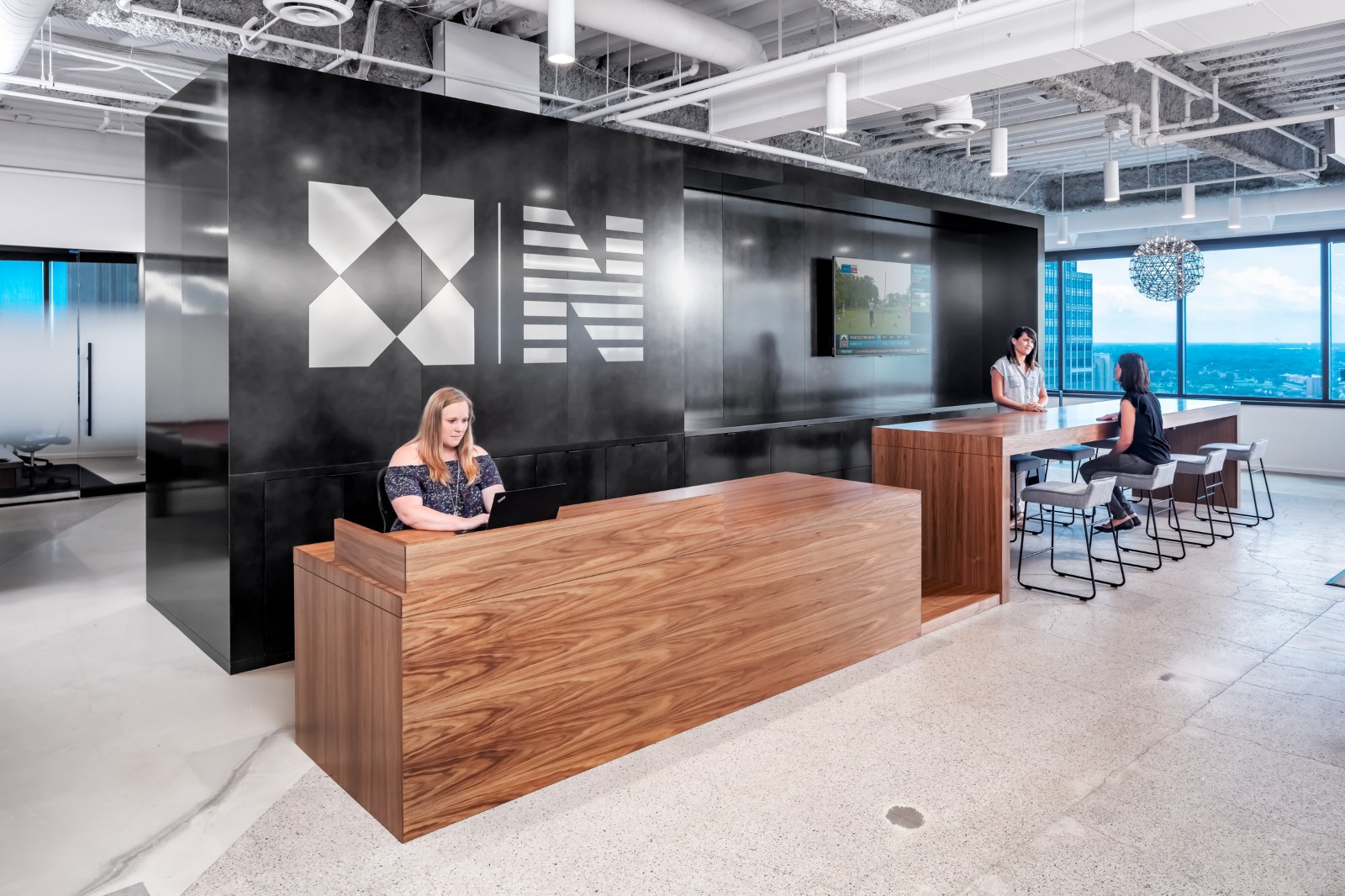Alpenblick Restaurant Büning
2014-03-24 01:00
建于前“阿尔卑斯景”水疗酒店90年前是聋哑之家。随着目前残疾居民听力设施的扩大,旧的水疗中心建筑已经变成了最近的住宅、车间、马厩和棚屋。这个松散的组合,集中在美化的内部庭院周围,不再面向周围的风景。
Established in the former “Alpine View” spa hotel 90 years ago was the deaf and dumb home. With the expansion of the current facility for hearing disabled residents, the old spa buildings yielded to more recent residences, workshops, stables and sheds. This loose ensemble, grouped around the landscaped inner courtyard, was no longer oriented toward the surrounding scenery.
我们把新的展馆安置在坡地的顶端和入口坡道的上端-在主建筑的前部和苗圃的温室之间。在这里,在庭院的门槛上,游客可以欣赏到埃格尔山、莫尼奇山和准弗鲁山以及附近的山峰的极致景色。
We positioned the new pavilion at the apex of the sloping site and at the upper end of the access ramp – between the front of the main building and the greenhouses of the nursery. Here, on the threshold of the courtyard, visitors enjoy superlative views of the Eiger, Mönch and Jungfrau mountains, as well as of nearby peaks.
新展馆的建设-它是在校园的主要通道旁-进行的,这是非常重要的,不能干扰正在进行的活动。此外,我们未能重新设计新楼的邻近地区。因此,在设计餐厅大楼时,我们的首要任务是创造一种隐蔽性的感觉,让人们能像一幅被框住的图像一样,把风景照进去。
It was imperative that work on the new pavilion – which took place alongside the main access area of the campus - not interfere with ongoing operations. Furthermore, we were not able to redesign the immediate vicinity of the new building. In designing the restaurant building, our priority was therefore to generate a sheltered feeling that would allow the landscape to be taken in like a framed image.
展馆的不规则、非正交、几何结构避免了墙壁、天花板和地板之间的平行排列.这特别抑制了颤振回声,这是一个敏感的助听器的特殊问题。除了这个功能性的考虑之外,通过突出和后退的外壳的形状,我们试图把餐厅区域作为一系列的分隔区域来表达,这些区域围绕着厨房的核心。朝南的灌木丛深深地占据了主空间,这样小规模的集体活动和常规的餐饮业务就可以同步运作。
The pavilion’s irregular, non-orthogonal, geometry avoids parallel alignments between walls, ceiling and floors. This suppresses in particular the flutter echo that is a special problem for sensitive hearing aid devices. Alongside this functional consideration, and by means of the figure of the projecting and receding outer shell, we sought to articulate the dining area as a sequence of delimited areas that ring the inner core of the kitchen. The south-facing loggia cuts deeply into the main space, so that smaller group events and regular restaurant business can operate in tandem.
从上面看,位于里面的厨房的核心空间被布置成一个屋顶露台。它作为一个与世隔绝的外部地区,被监督的住宅集团,是容纳在主建筑的第一层上层。向山谷一侧,植物苗圃延伸到室内,通过建筑物的开放式地下室层。
Seen from above, the core of the kitchen lying within is set off spatially as a roof terrace. It serves as a secluded outside zone for the supervised residential group that is accommodated in the first upper level of the main building. Toward the valley side, the plant nursery extends into the interior via the building’s open basement level.
我们试图找到一种与农村社区相协调的语言。但我们也想要创造一个公共的,吸引人的建筑,它将从这个由一些普通功能建筑组成的大企业集团中启动。正面的银色,有玻璃的木制石板,建筑物的急剧会合的角落,以及没有屋顶的悬垂,创造了一种纺织的表现。此外,这座建筑的外壳层高,西面和东面都是玻璃的,南侧的门廊是向内折叠的玻璃门面,目的是让人联想到一个大帐篷或小大厅,而不是普通的“房子”。
We tried to find a language that would harmonize with the rural neighborhood. But we also wanted to create a recognizably public and inviting building that would be set off from the conglomerate of in part modest functional buildings. The facade's silvery, glazed wooden slats, the sharply converging corners of the building, and the absence of a roof overhang create a textile expression. In addition the story-height incisions in the building’s shell, with its glazed surfaces on the west and east, and the inward-folding glass façade of the loggia on the south side are intended to evoke impressions of a large tent or small hall rather than of an ordinary ‘house.’
倾斜的屋顶和外墙被设置为在楼板和厨房核心上的预制木结构,都是在浇筑混凝土中就地执行的。屋顶表面向南侧风景向下倾斜的部分,在水平屋檐边缘的无支撑跨度内终止。它坐落在房间高度的玻璃墙上,由内部的钢柱和横梁来稳定,构成圆木的框架。
The inclined roof and the outer façade are set as a prefabricated wooden construction upon the floor slab and the kitchen core, both executed in situ in poured concrete. The portion of the roof surface that slopes downward toward the scenic views on the south side terminates in the support-free span of the horizontal eaves edge. It sits atop the room-height glass wall, itself stabilized by internal steel columns and beams, that frames the loggia.
室内空间中的光线、颜色和材料必须符合听障游客的功能要求:除了良好的声学外,必不可少的是持续照明,这使得手势和面部表情具有足够的可读性。我们“调暗”了所有的颜色,突出了表面和材料之间的对比。餐厅的色彩约束建筑与有时色彩鲜艳的外部景观形成鲜明对比,同时也与各种场合的临时装饰形成鲜明对比。
It is vital that light, colors, and materials in the interior space conform to the functional requirements of hearing-impaired visitors: essential alongside good acoustics is continuous illumination, which allows adequate legibility of gestures and facial expressions. We “dimmed” all colors and highlighted contrasts between surfaces and materials. The chromatically restrained architecture of the dining area contrasts with the at times brightly colorful landscape outside, as well as with temporary decor for various occasions.
 举报
举报
别默默的看了,快登录帮我评论一下吧!:)
注册
登录
更多评论
相关文章
-

描边风设计中,最容易犯的8种问题分析
2018年走过了四分之一,LOGO设计趋势也清晰了LOGO设计
-

描边风设计中,最容易犯的8种问题分析
2018年走过了四分之一,LOGO设计趋势也清晰了LOGO设计
-

描边风设计中,最容易犯的8种问题分析
2018年走过了四分之一,LOGO设计趋势也清晰了LOGO设计










































































